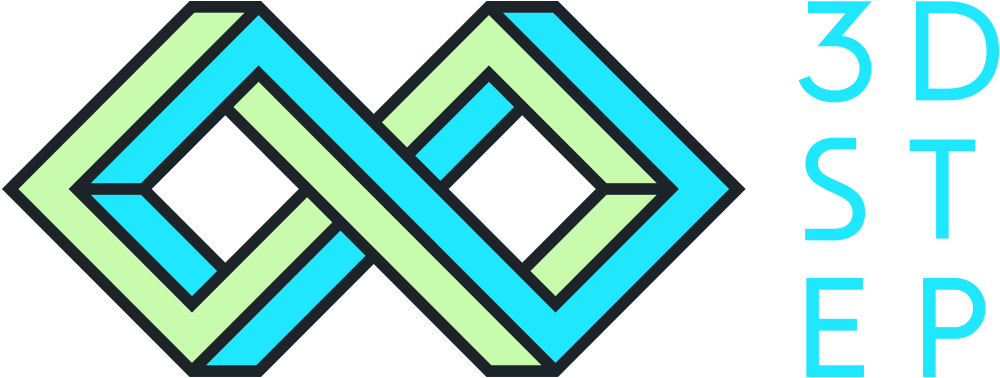Finland's first full-colour Mimaki 3D printer enables 10 million printed colours
Finland's first full-colour Mimaki 3D printer was put into operation at the 3DStep site in Ylöjärvi in autumn 2022. The new Mimaki 3DUJ-2207 printer enables reproducing up to 10 million colours on 3D-printed items. It allows for a very clean and accurate outcome, even with products requiring a detailed colour scheme. Key applications for 3D colour printing are found in areas such as the medical, industrial and gaming fields.
Full color 3D printing
The introduction of the Mimaki 3DUJ-2207 printer was long awaited and prepared for at 3DStep, and it has now expanded the company's service offering. The printer allows reproducing colours directly in the printed products, thus eliminating the need to paint the products afterwards.
“With this equipment investment, we are now able to offer the entire Mimaki technology production chain under one roof. This is something we have been very keen to invest in. The full-colour printer reproduces colours one-to-one with great surface quality and print accuracy. The support structures used at the printing phase leave no traces on the final products, as they are water-soluble and can therefore be neatly melted away from underneath the print," says CTO Vesa Kananen at 3DStep.
3DStep has also been busy testing the use of 3D scanning to build the print model. The combination of 3D scanning, the resulting print model and the actual 3D printing enables many useful and also fun implementations. For example, it can be used to scan and print replicas of museum pieces in full authentic colour, or a miniature model of a real live person.
One of the key application areas for full-colour 3D printing is in medicine, where the technology can be used to produce highly accurate models of internal organs, for example. All tissue structures appear on the printed item in different colours, making it easier for surgeons to prepare for surgery. 3DStep has already produced anatomical models in a pilot project for Tampere University Hospital.
“Traditionally, a surgeon views the organ to be operated on, a kidney for example, on a computer screen. Using imaging data from a CT scan, our additive manufacture specialist can work together with the radiologist to create an STL model and use it to produce a highly visual 3D print. The topmost layer of the printed item is transparent, which allows the surgeon to see the exact location of the tumour to be operated on, for example, and also where blood vessels converge. This helps the surgeon visualise the surgical setting very clearly, which can help make the surgery easier and faster," says Kananen.
Medical models
For industry, full-colour 3D printing enables the manufacture of detailed miniature models of machinery and visual representation of industrial processes for trade fairs or training purposes, for example. In gaming, the technology can be used to produce polished and detailed figures, for example, as the pieces can be personalised to a very high degree according to the customer's wishes.
One of the key benefits of the new Mimaki 3D printer is that it allows for a high degree of customisation for the products. The final products are typically unique pieces, with batch sizes ranging from one to a few dozen. Due to the convenient technology, sales prices still remain reasonable – in the range of a few hundred euros for internal organ models, for example. 3DStep finds the investment to bring significant new business potential.
“We have always had a certain pioneering spirit here at 3DStep, especially with metal printing and the HP technology for plastics. For now, we can't even fathom all the potential that our new Mimaki brings, but I trust that together with our customers we will come up with great new applications," says Kananen.
Mimaki 3DUJ-2207 3D printer



